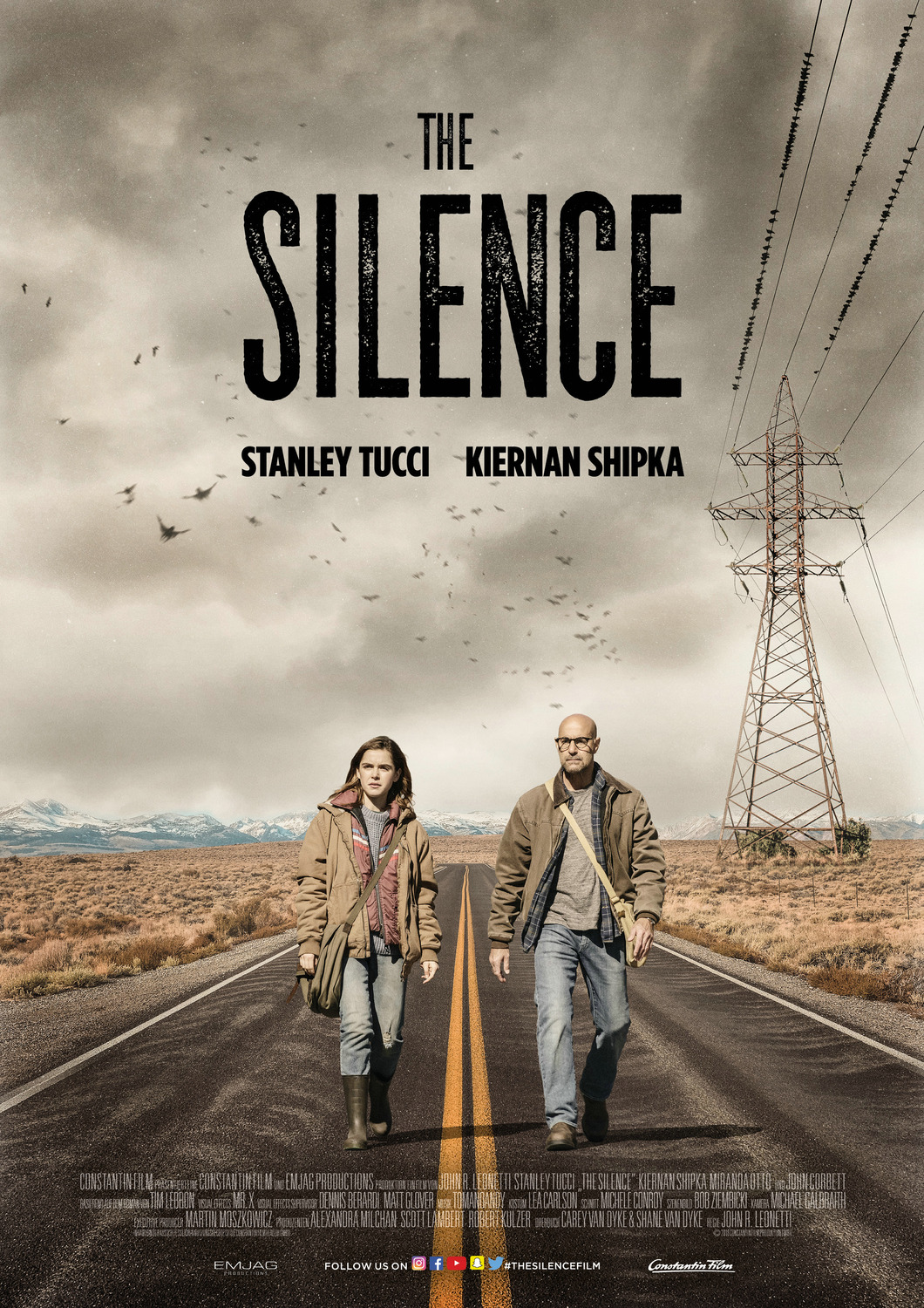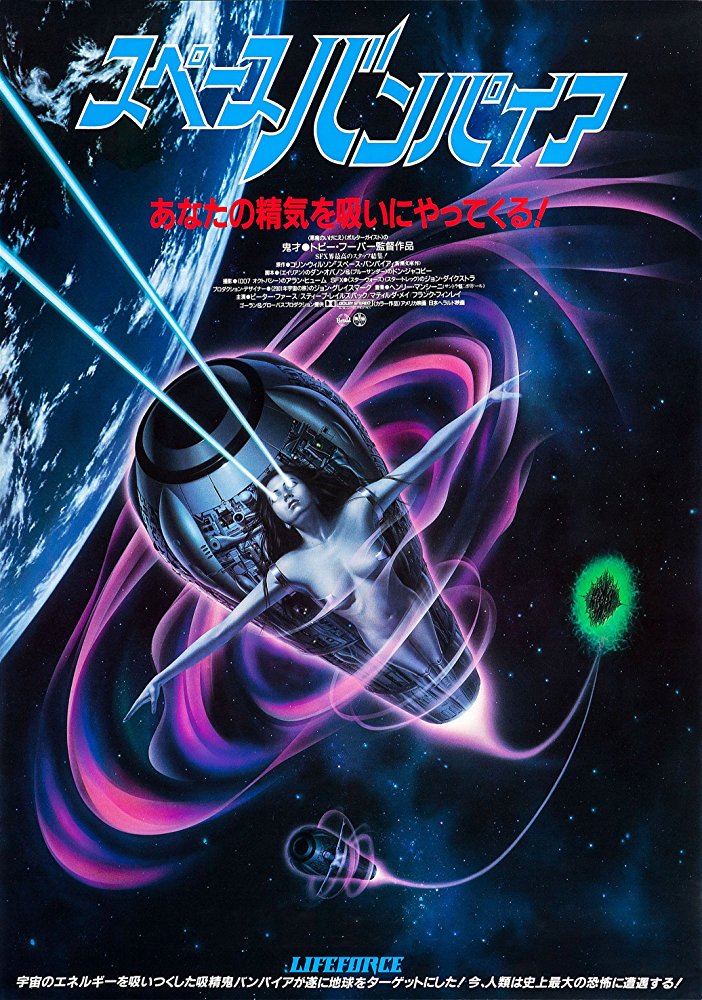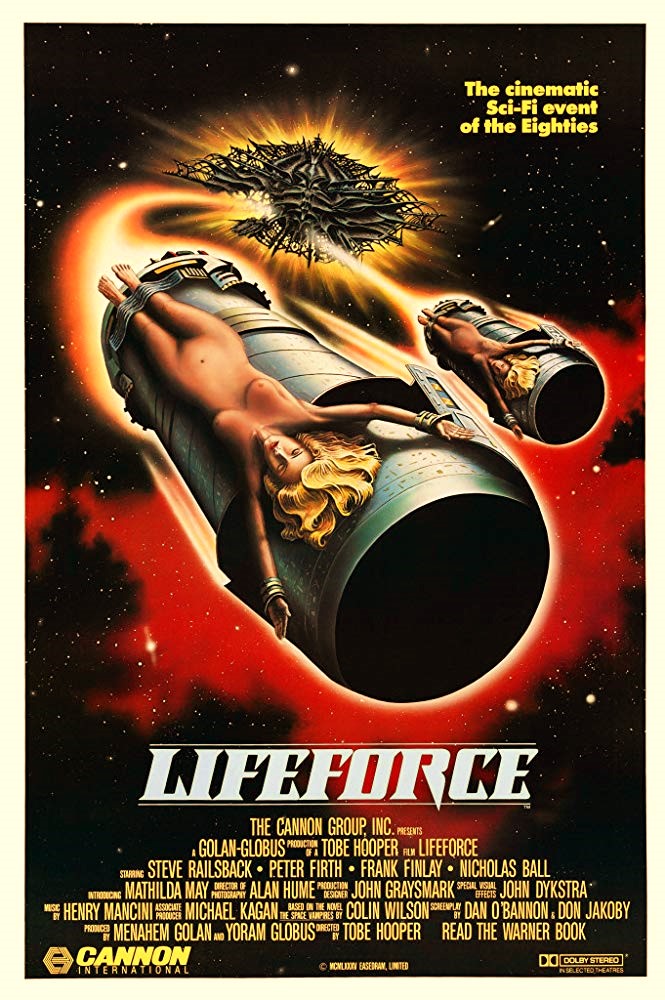timespace coordinates: some anachronistic dimension where primitive humans (late comers of evolution) share the world with many kinds of extinct dinosaurs from all epochs and geological eras.
Primal is a TV series about a prehistoric caveman hero (Spear) and his partner in carnage – a dinosaur Tyrannosaurus (Fang). It is created and directed by Genndy Tartakovsky for Adult Swim.
Primal has been hailed as both incredibly bloody, gory and majestic and epic paleontology at one draw. Although most of the references were to the heroic fantasy of R. E. Howard’s Conan the Barbarian and King Kull – I would delve more into European paleo- fiction, in particular the stories of French contemporary of Jules Verne J.-H. Rosny aîné (more on him below).
Gennady T. known for Samurai Jack and Dexter’s Lab. At first sight Primal is just the embodiment of the ‘man the hunter’ thesis (the pitiless Darwinist or Huxleyan struggle – ‘nature red in tooth and claw’ associated mostly with 19th c social darwinism and expansive imperialism justifying its own brutal annihilation of native populations), while with each episode it teaches about tender inter-species cooperation within the most unlikely human-dinosaur partnerships. Eschewing the usual in grou/out group primary divisions, Primal is one of the most egalitarian partnership in both animation and cinema. Compared to Primal – Dinotopia comes out as exploitative, relegating dinosaurs into a sort of syndicate or a non-human animal working labor pool (except for the thinking scientific writing dino elites), it still seems to reproduces a sort of colonialist classist speeieism but with an industrial bent. Primal is about friendship at the end of the world – between two impossible friends, that always contribute mutualistically while retaing their specific skills, two endangered members of their species. The dinosaur is not exactly a dog companion species (how could it?) and is always quite independent of its human partner.
Primal is silent – or not really, it is full or bubbling rage, of flight, of communal sleep, of smiles, of fury, of grunts, gutturals, cuddling and the background of the forest, lake or jungle. It is non-verbal which gives it even more thrust. The animation is fluid, wonderful – really transforming the dinosaurs into some of the most naturalistic depictions of extinct species anywhere. The non-3D somehow adds to that – its full colors and strong contrasts swim in a landscape of degrade hues, of gradients that announce immense vistas, swaths of land that have seem impossible to map out, to scan. Both Spear and Fang are united by a strange fate – they are strange kin like Haraway intended it, although completely an impossible meet-up, a temporally and evolutionary impossibility.
There are many living fossils on Earth but dinosaurs are none of those. Both are somehow matched, and their stories match as well, both have been losing their most precious kin to meaner, bigger and more voracious species roaming their world. Out of necessity, out of similarity, their bond is incredible and seems to grow with each episode. It a total splatterfest – as well as touching, every bit desperate and always managing to more or less make it barely alive out of their trials. Although several lineages of humans went extinct (so no Yeti or Bigfoot I am really sorry) and our current direct ancestors were nearly wiped out nearly 70.000 years ago (as per Toba catastrophe theory), we mostly associate extinction fears with the modern era – especially the nuclear doomsday clock threat or geologically with a singular event (KT impact boundary).
There has been rarely such unrepentant and gratuitous violence in animation (and I am choosing my words here), and still there is no other way to basically write history – paleo history and animation history, to keep the speeds and cuts at an ideal pace, to push, ramp the tension the max.
Sometimes the violence is hidden, it is almost as if we stumble on a crime scene – where the culprit is nowhere to be found, almost like an evolutionary detective story where we always dread and yearn to glimpse the raw answer. Although graphic in its violence – the savage world of Spear and Fang is still mysterious, with only brief and harsh encounters that make you yearn for more. But even if this brutality – is almost elemental, there are forces at work that ensure some brief but welcome moments of fishing and even camp fires. We have never been modern – well yes, this modernity traces its scars, does not hail the noble savage but the slaughterhouse of evolution, of hunter-gathers always being under extinction threat from much larger, much more organized and destructive civilizational (or colonial or imperial) intrusions. The current paleo- lifestyles seems to deny this feeding frenzy, being built upon an exclusive and elusive pleasure of raw flesh in a vegan- oriented world, or a type of rawness that lacks any pretense of cosmetic intervention, animal rights activism as if indulging in a form of voluntary cannibalism.
To push it – Primal may be the way the brutality of the outside (also in geological terms), its volcanic hadean and protean spirit has been bursting, erupting into a primeval fantasy of the PALEO. The lifestyle PALEO – element is today represented by ‘paleo-muesli’ products in supermarkets, a notch above your average bio-food, an addition of invented rawness that also seems to appeal to the perceived lack of ‘untamed wildness’ as well as the white male survivalist renewal of ‘lost’ hairy manliness. Today’s riot police violence (not at all PRIMAL but seemingly directed and targeted) is doubled by a more structural strain of violence and neglect that is non spectacular, slow and almost interminable, a suffocating death that never comes easy no matter what the state of indignity, misery and decrepitude of propped-up carbon ideologies. There is a disconnect btw what we see on screen where everything is evident and brief. There is no pity for most of the creatures and other lifeforms and they in turn might not find any pity on the protagonists – but we can never have time to find out. In comparison with previous savage heroes and heroines – Primal is really not worried about the non-ideal type of body (according to Cro-Magnon standards or latest fitness fads) being able to discover in the midst of carnage – all sorts of grim and touching thoughts and fine sentiments arising out of the most brutalized heads.
A note on Rosny
To be honest Rosny is entirely my own attribution, in my knowledge none of the producers or animatiors mentioned him. Rosny is not only one of the pioneers of the Sci-Fi genre (and of an entire different breath than Verne I would add), but also of dawn of time speculative fiction. He ranks second after J Verne in French Sci-fi but his more conceptually oriented works are unique and highly original. His 1887 short story Les Xipéhuz pits primitive humans against extraterrestrial inorganic alien beings – most probably the first time Sci-Fi left behind the boringly anthropomorphic forms and earthly metabolism for something completely different. Would be interesting to find out if Rosny was somehow haunted by the same spectre of various genocides committed against indigenous populations considered “primitive” or “lacking reason” or “inferior” others by the Europeans – such as was the case with H G Wells War of the Worlds based on the Australian and British destruction of the Tasmanian peoples. The illustration work by Frank R. Paul appeared on the cover of the first issue (April 1926) of Amazing Stories magazine, the first magazine dedicated to science fiction. He would paint all the covers for over three years. John Rieder’s Colonialism and the Emergence of Science Fiction argues forcefully that interplanetary invasion narratives from the pulp 20s and 30s age in Golden sci-fi period (preceded by a plethora of dime novels and penny dreadfulls) perfectly mirror colonial encounters who branded those that dared oppose as ‘backward’ or ‘atavic’. Rosny wrote also in the dying Earth genre – stories set in the far future where the Earth is drying out and a new species – the ferromagnetals is destined to supplant all others. He wrote several primitive Earth novels including Vamireh (1892), Eyrimah (1893) and the world-renowned classic La Guerre du Feu better known as Quest for Fire (1909). For the first time, several lineages, several hominid and modern humans share the same narrative frame, the same territory. There we have all these various hominid and hominin evolutionary lineages crossing over, interacting and exchanging knowledge, microbes and as modern paleo genetics has thought us – even ancient genes.
Les Xipéhuz 1887
imdb / Adult Swim










































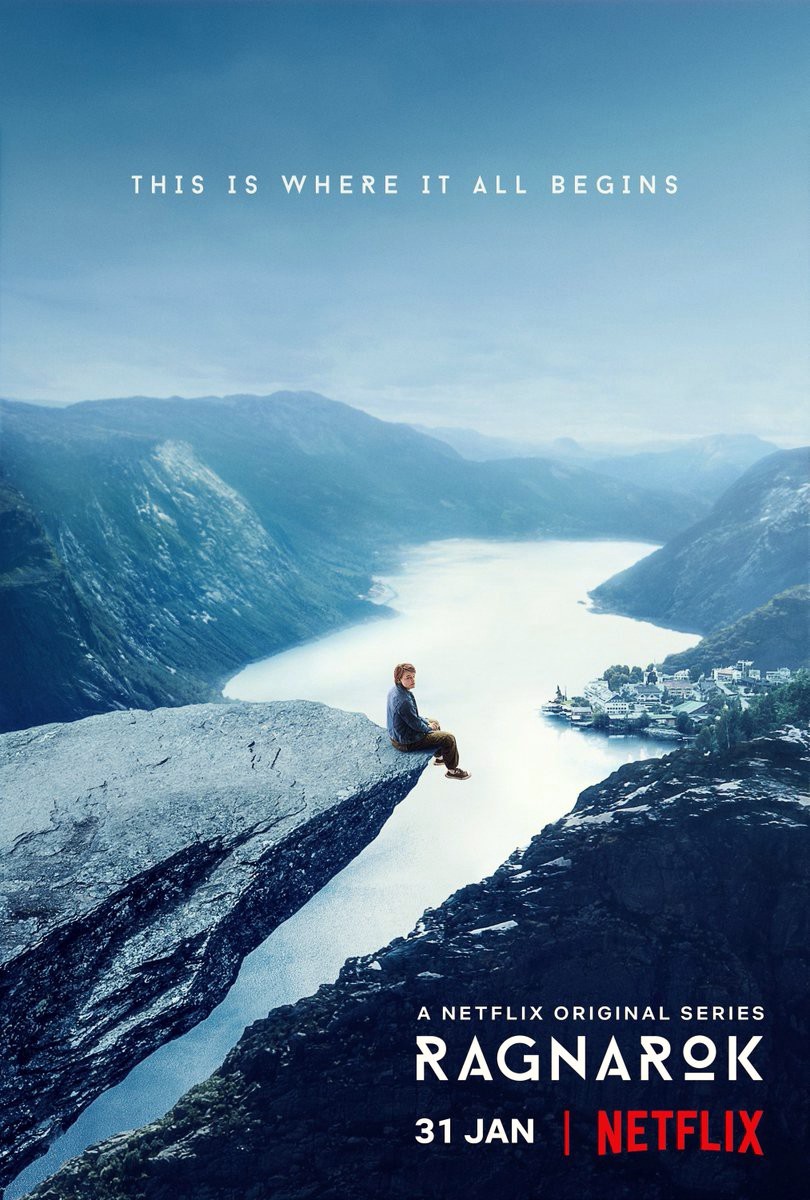
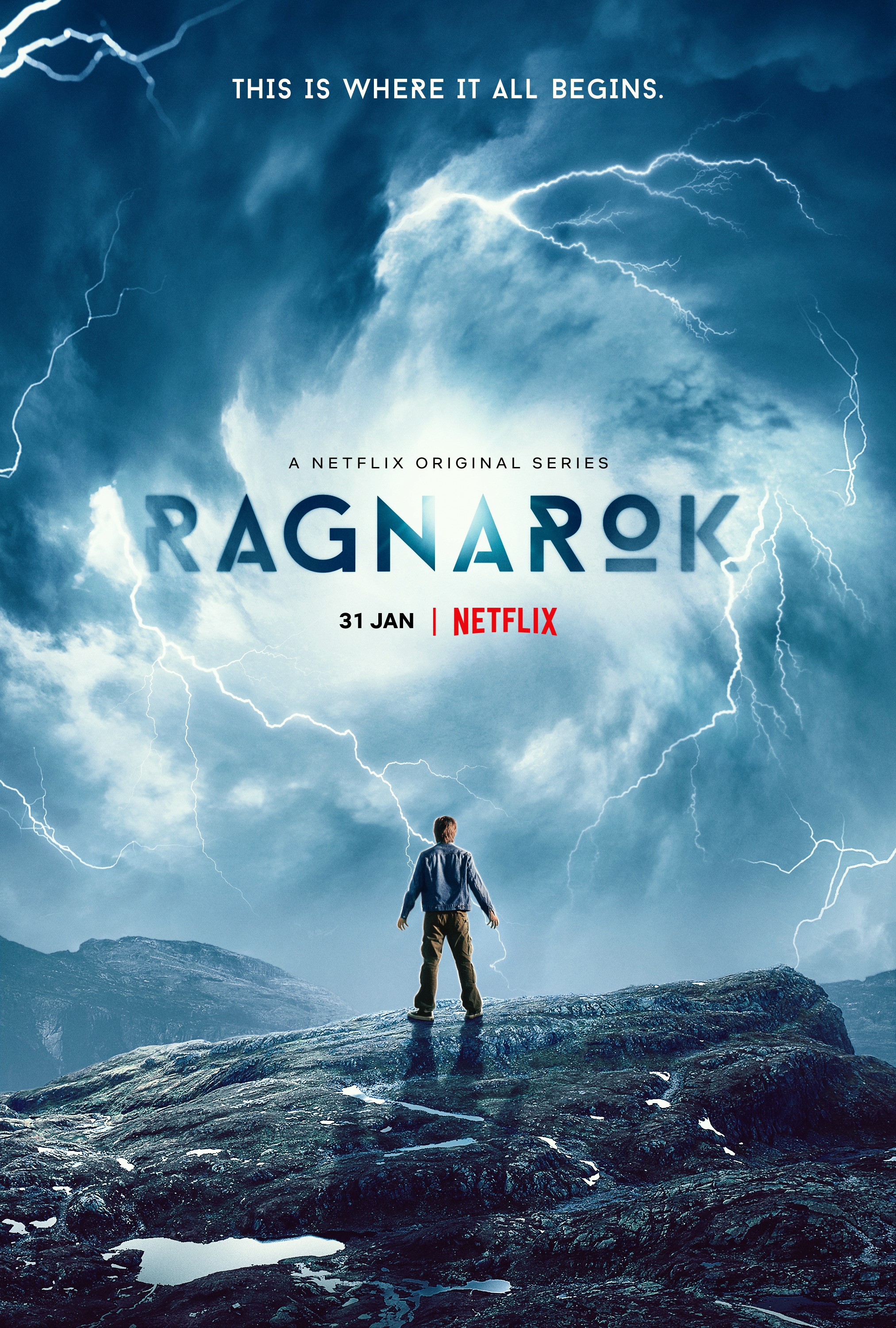
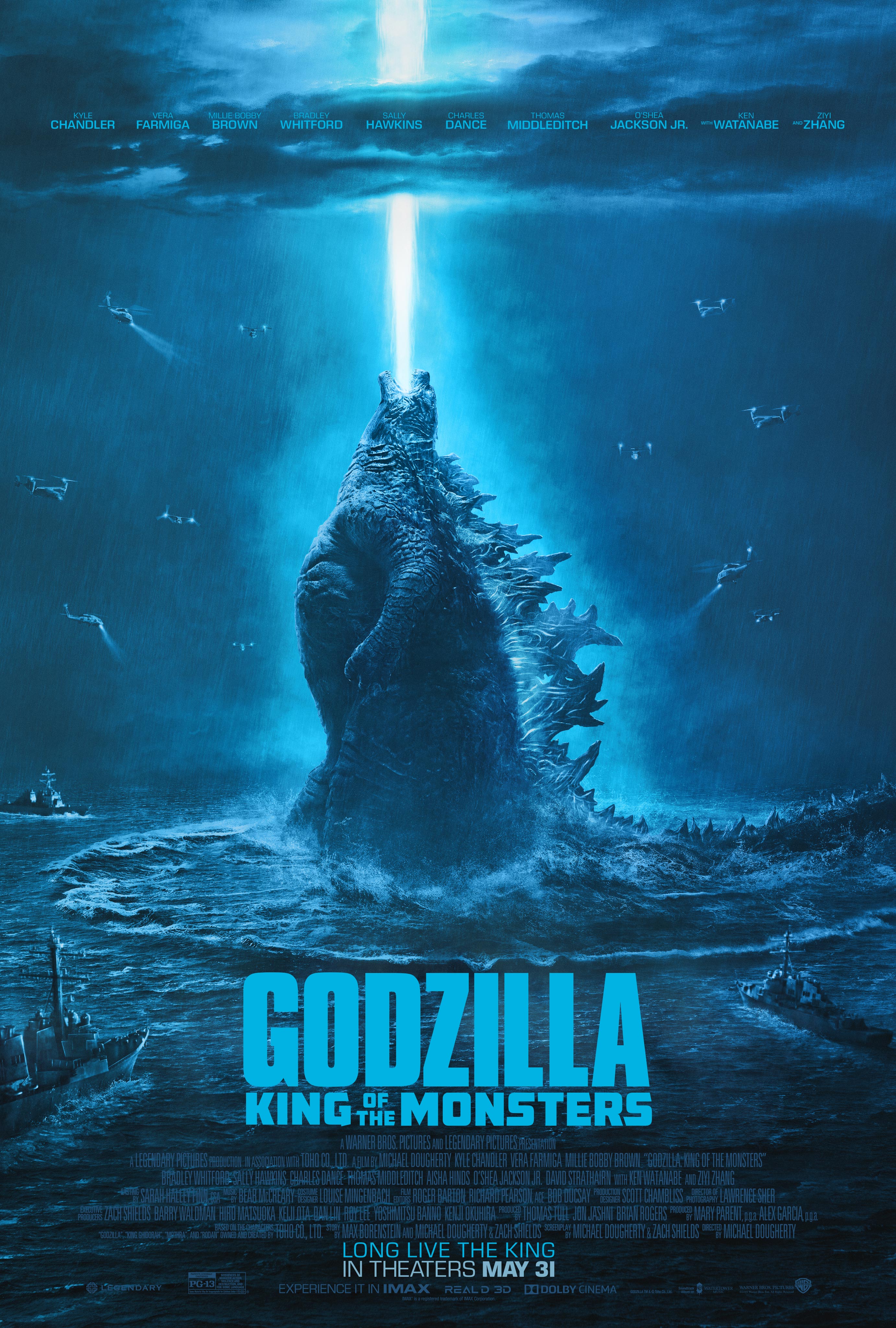








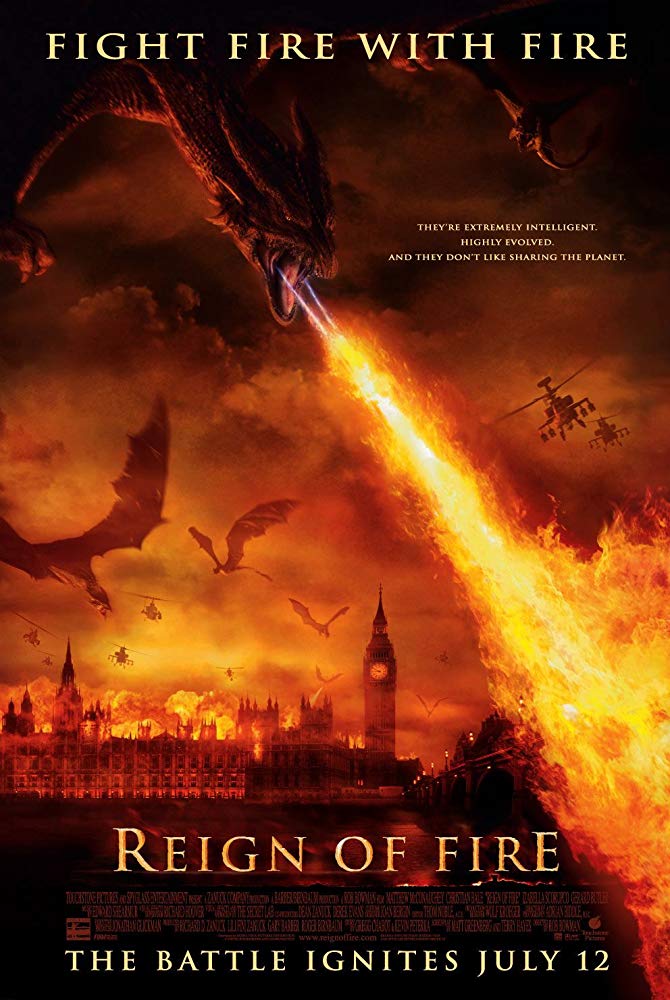 Reign of Fire is a 2002
Reign of Fire is a 2002 


